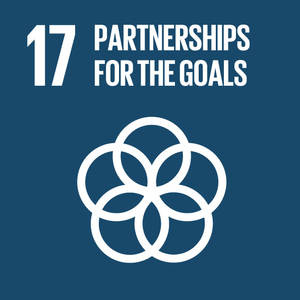Participation
The term “participation” describes a spectrum of levels or forms of people’s engagement in decision-making processes (Table 1). At one end of the spectrum, individual members of a group or community are informed about decisions after they have been taken; at the other end, people are fully engaged in information, analysis and debate and are able to influence decisions.
Table 1. Typology of participation in decision-making | |
Form/level of participation | Characteristic features |
Nominal participation | Individual is a member of a group or community but takes no part in decision-making |
Passive participation | Individual is informed of decisions ex-post facto; attends meetings and listens to decision-making without speaking up |
Consultative participation | Individual is asked for opinions on specific matters, without a guarantee that such opinions will influence decisions |
Activity-specific participation | Individual is asked (or volunteers) to undertake specific tasks in the decision-making process |
Active (collaborative) participation | Individual expresses opinions, solicited or not, or takes other kinds of initiative |
Interactive (empowering) participation | Individual has a voice and influences decisions |
In forestry, participatory processes are designed to enable local people to be part of decision-making in all aspects of forest management, including policy formulation.
Participatory forest planning and policy development processes empower stakeholders through exposure, direct interaction with decision-makers at different levels of government, and timely access to relevant and appropriate information, knowledge and technology. Such participatory processes lead to increased local responsibility for forest resources, improved local rights, increased bargaining power for local actors at the national level, and policy reform processes that are truly inclusive and multi-stakeholder in nature. Participatory policy development may take longer than centralized decision-making, but it results in more effective and acceptable policies, making it more cost-effective in the long term.
There are often competing perspectives and interests among stakeholders with regard to forest resources, such as local customary rights versus state-sanctioned rights, and competition for access among the users of forest products. The use of participatory approaches involving stakeholder analysis and gender analysis increases the chances that all relevant aspects get due consideration and that management options and decisions are better tailored to the needs of local people.
Participatory approaches in forestry
Participatory approaches in forestry
Participatory approaches in forestry have been evolving globally as the limitations of centralized and top-down approaches to forest decision-making become increasingly clear. In many countries, the principle of participation has been integrated into the planning, management and monitoring of national forest programmes (NFPs), creating opportunities and spaces for stakeholders to negotiate agendas, policies, programmes, roles and partnerships.
Most participatory approaches aim to place leadership and responsibility for development goals in the hands of local people. In forestry, participatory approaches and tools have predominantly been developed within the context of community-based forestry (CBF), forest enterprise development (e.g. “Market Analysis & Development”), collaborative research, participatory assessment, monitoring and evaluation, collaborative conflict management, and the governance and stakeholder participation components of NFPs. Approaches such as the Socio-Economic and Gender Analysis Program are important in forest project planning for ensuring that poor, marginalized groups and women are given precedence.






